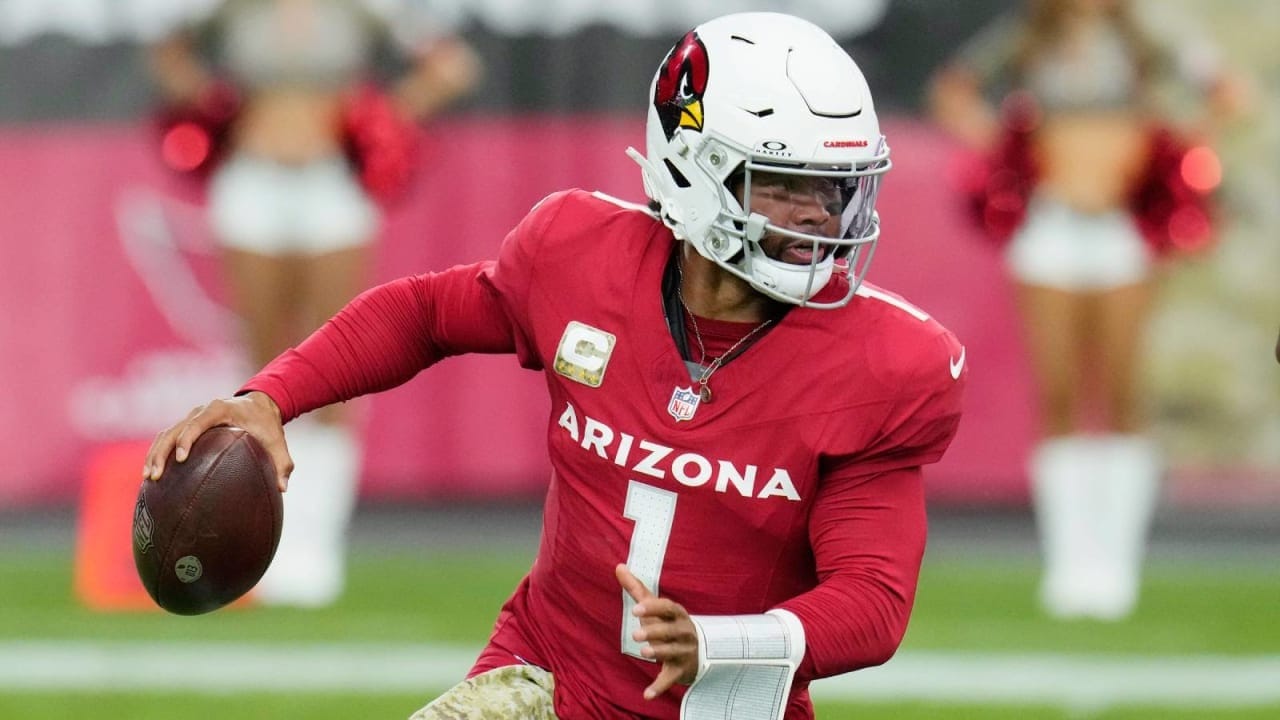
Quick Slant: MNF - The Future's So Bright, the Cards and Chargers Gotta Wear Shades - For Now They Prove Sunshine Can't Cure Sadness
Chargers @ Cardinals, Monday @ 9:00 PM
We reserve our sports empathy for the Northeast, the Midwest – the oldest parts of the country – the broken and battered industrial cities that live as underdogs and survivors and derive hope from their champions. As if pain can only subsist in the veins of a marginalized factory worker or in recognition of the fact that the snap of a bitter winter fortifies the frustrations of life; perhaps we want sunshine for those who embark on the endless four months of a four o’clock sunset or travel beneath the ground or endure $40-per-square-foot rents.
But in the American West, there are tortured fan bases, too. The Chargers have been in Southern California since 1959. They’ve moved from Los Angeles to San Diego to Los Angeles again. Quietly, they’ve forever left their imprint on football with the rise of Air Coryell – the momentum of which became Walsh, which became Shanahan. They’ve employed some of the greatest players in the league's history: Dan Fouts, Kellen Winslow, and LaDainian Tomlinson. They’ve posted records like 14-2, only to be discarded by a dynasty-in-progress in the playoffs. When they finally broke through to the Big Game in January 1995, they were publicly dismantled by the dynasty of another generation. And always, they operate under the shadows of big brothers like the Rams, the Dodgers, the Lakers, and even the Trojans.
The Cardinals of Arizona seem like a product of NFL expansion, but the Cardinals of Chicago predate the NFL itself; born as the Morgan Athletic Club in 1898, the Cardinals are over 20 years older than the Packers. They were in the original lineup of NFL teams, moved to St. Louis in 1960 with continuing service to Arizona in 1988. They won a championship in 1925 and another in 1947. And that’s where success finds its end. Since the 1966 merger, their most tremendous post-season success was an appearance in one solitary Super Bowl in 2009, losing narrowly to the Steelers in one of the most gut-wrenching ways possible.
Heartbreak? The Chargers and Cardinals own heartbreak. And as each grasps for straws of new hope – Kyler and Harrison, Gannon and Ossenfort – or the arrival of Jim Harbaugh, with the highest winning percentage among active coaches, who specializes in flipping fortunes like dusty old mattresses – they meet on Monday with their eyes on hope. They stand before one another on the gridiron, yet each locks their eyes just beyond, imagining a future of greatness yet unknown.
Chargers’ Implied Team Total: 23
The Chargers are not surprising at .600. Even as the team cleared the books and started vaguely fresh, it always seemed like Harbaugh would simply harness the sun. However, they are not powered by a juggernaut offense. The Chargers seem to get by despite their offense, which ranks 23rd on EPA per play and 27th in offensive success rate.
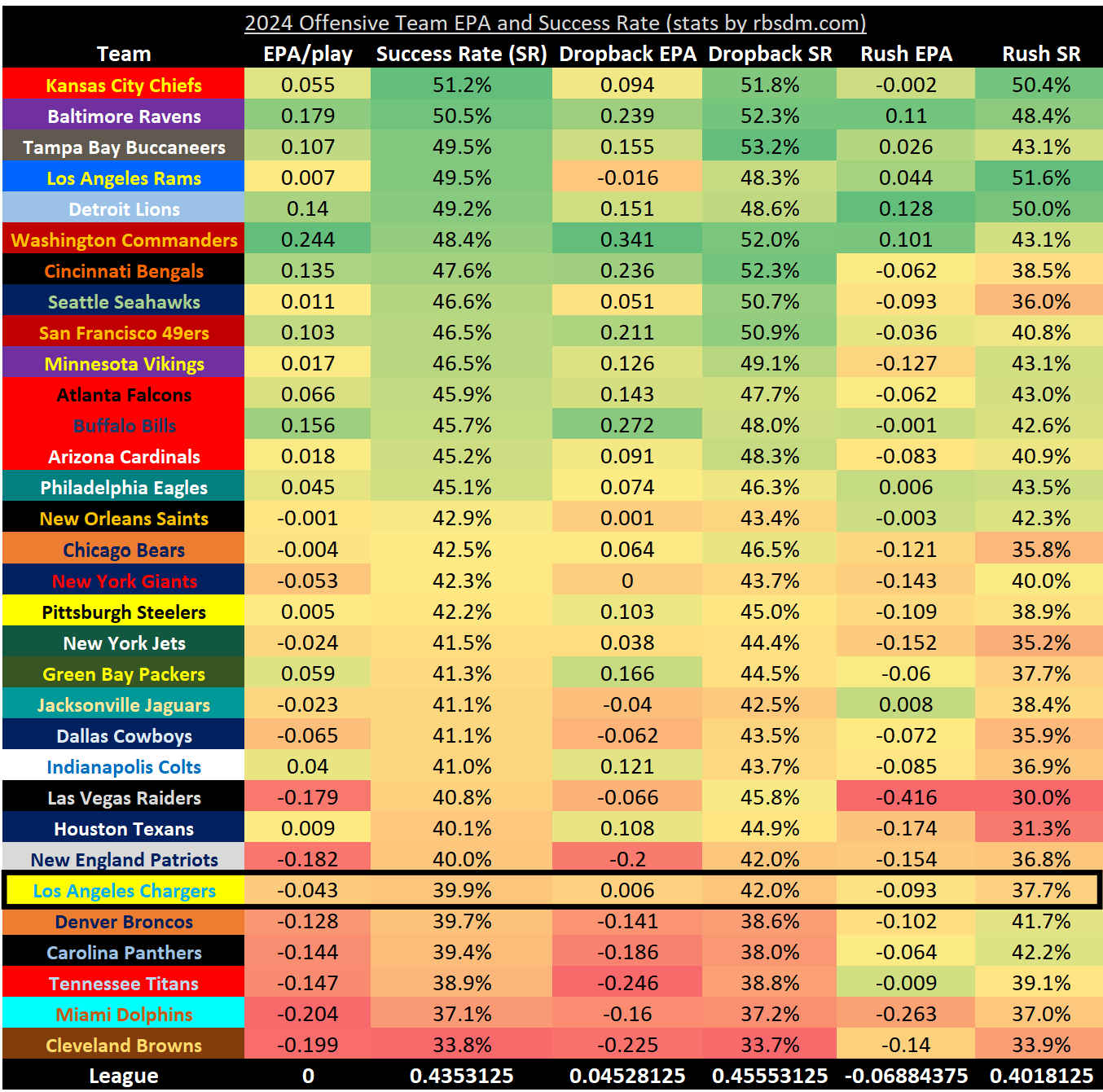
The Chargers are 20th in EPA per dropback and 26th in offensive success rate on dropbacks. They are led by Justin Herbert, who was once crowned the prince of football; now, he is years removed from dominance, still riding a wave of success he had early on. We forget now, but Herbert had the second-best rookie season by a fantasy QB since 2000.
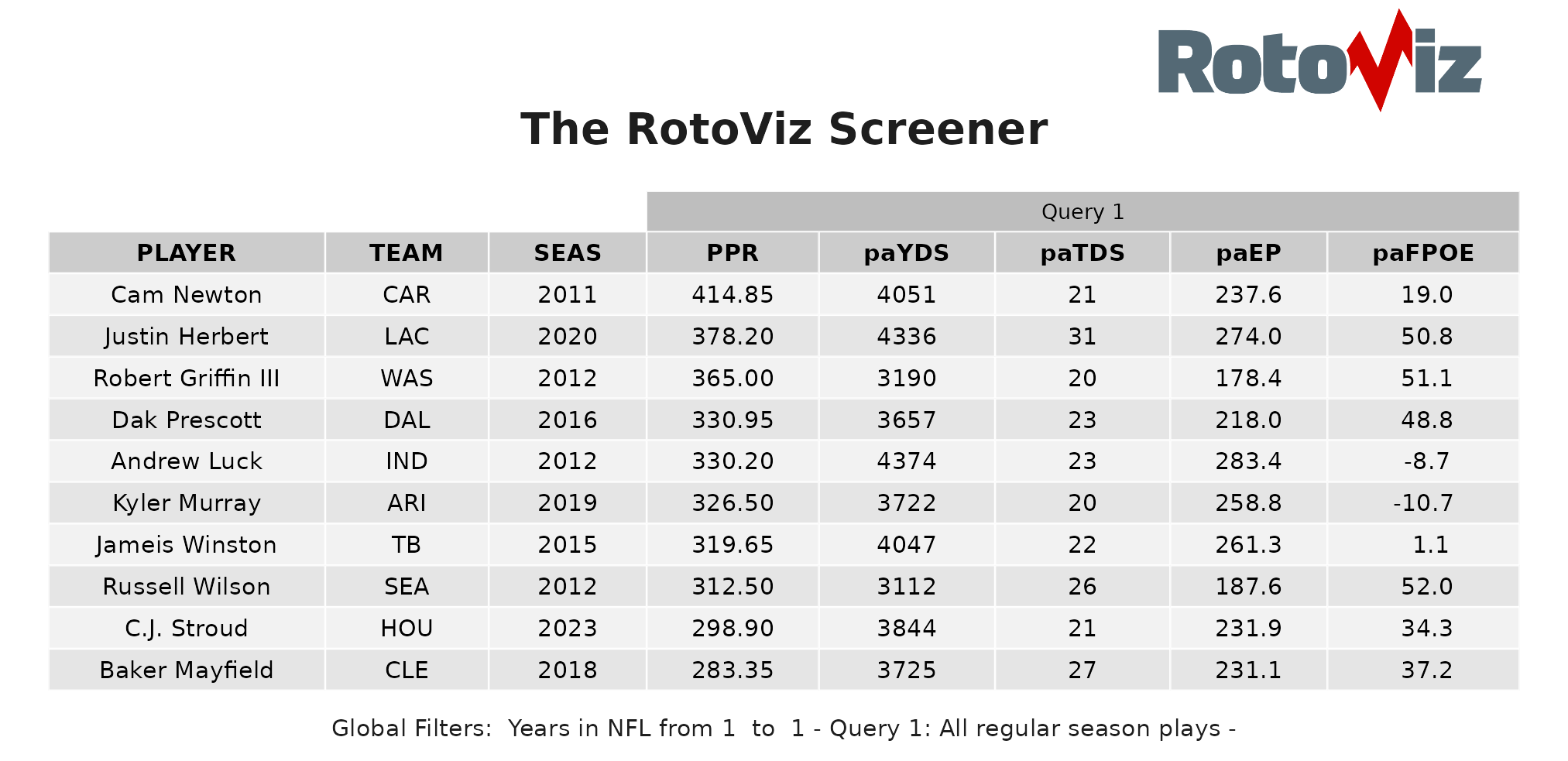
Herbert ranked 11th and 12th in total FPOE after two seasons, accumulating a two-year total of 67.3. Since then, he has zeroed out, scoring -59.3 FPOE in 2022 and 2023 combined, then accruing -8.2 FPOE in five games under Harbaugh. This past week, he fell below a career zero for the first time since his rookie season. He ranks 22nd in EPA + CPOE composite this season.
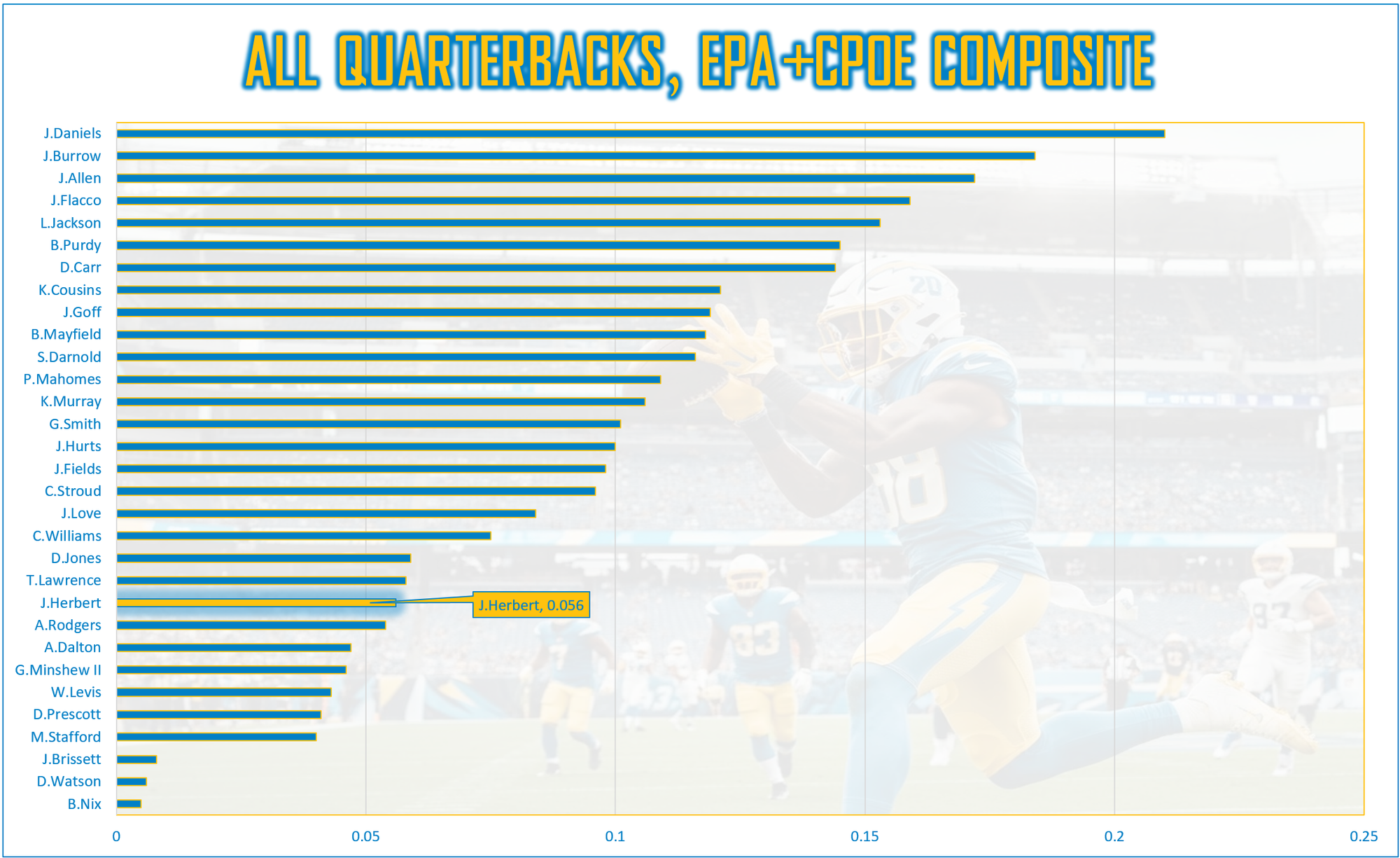
In addition to a lack of efficiency, Herbert must fight through a lack of opportunity. The Chargers rank 28th in pass rate over expected. They have had the fewest offensive plays in 2024, running the slowest neutral script seconds to snap at 31.7. Small play volume, halved by a hefty run rate, equals fewer dropbacks (29th) and pass attempts (29th). Add in inefficiency, and Herbert has been a failure for fantasy managers who had faith he would rise above the run-heavy historical tendencies of Harbaugh and OC Greg Roman. Herbert is currently 32nd in PPR/G among QBs.
Home base for the Cardinals is Cover 3; they play 37.5% of their defensive snaps out of it, good for eighth in the league. Against Cover 3, Herbert scores 0.38 fantasy points per dropback, tied for 12th best in the league. Herbert should be clean through the night; the Cardinals don’t apply much pressure, and the Chargers mitigate pressure well.
Chargers’ WR Quentin Johnston plays exceptionally well against Cover 3, scoring 0.70 fantasy points per route and ranking in the top ten among all WRs. He has had some explosive plays, but this is a double-edged sword when it comes to the business of prognostication. We want our fantasy assets to make big plays, but in small samples, they can improperly inflate results such as this.
Ladd McConkey has had a massive 28% market share, but he has done horribly against Cover 3, scoring under 0.3 fantasy points per route. If the Cardinals play Cover 3 a lot, it makes sense they are equipping themselves for receivers like McConkey; one of the strengths of such a defense is its ability to diminish short middle crossers, which is what a receiver like McConkey is known for. Then again, they simply aren’t very good at it, whether it is their goal or not.
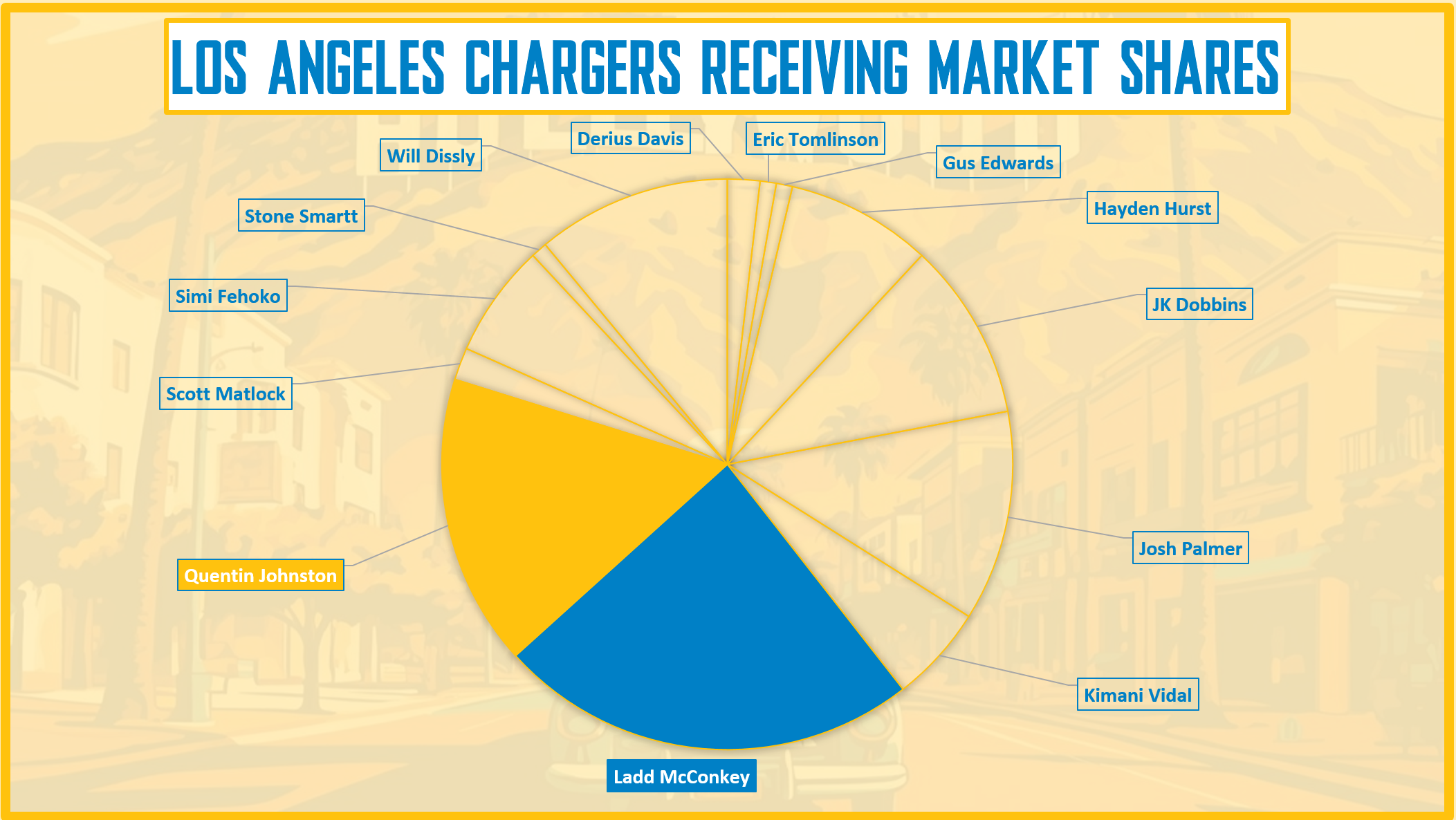
McConkey and Johnston are the only two passing game pieces with 18% or more market share. In an inefficient offense that prefers to run and play slow, it is difficult to rely on pieces that fall below this threshold.
All of this comes with the highly notable caveat that Arizona is terrible at stopping the pass, ranking 29th in EPA per dropback and dead last in defensive success rate on dropbacks. If they wanted to, the Chargers and all their pieces could likely still succeed against Arizona, even without Grade-A talent.
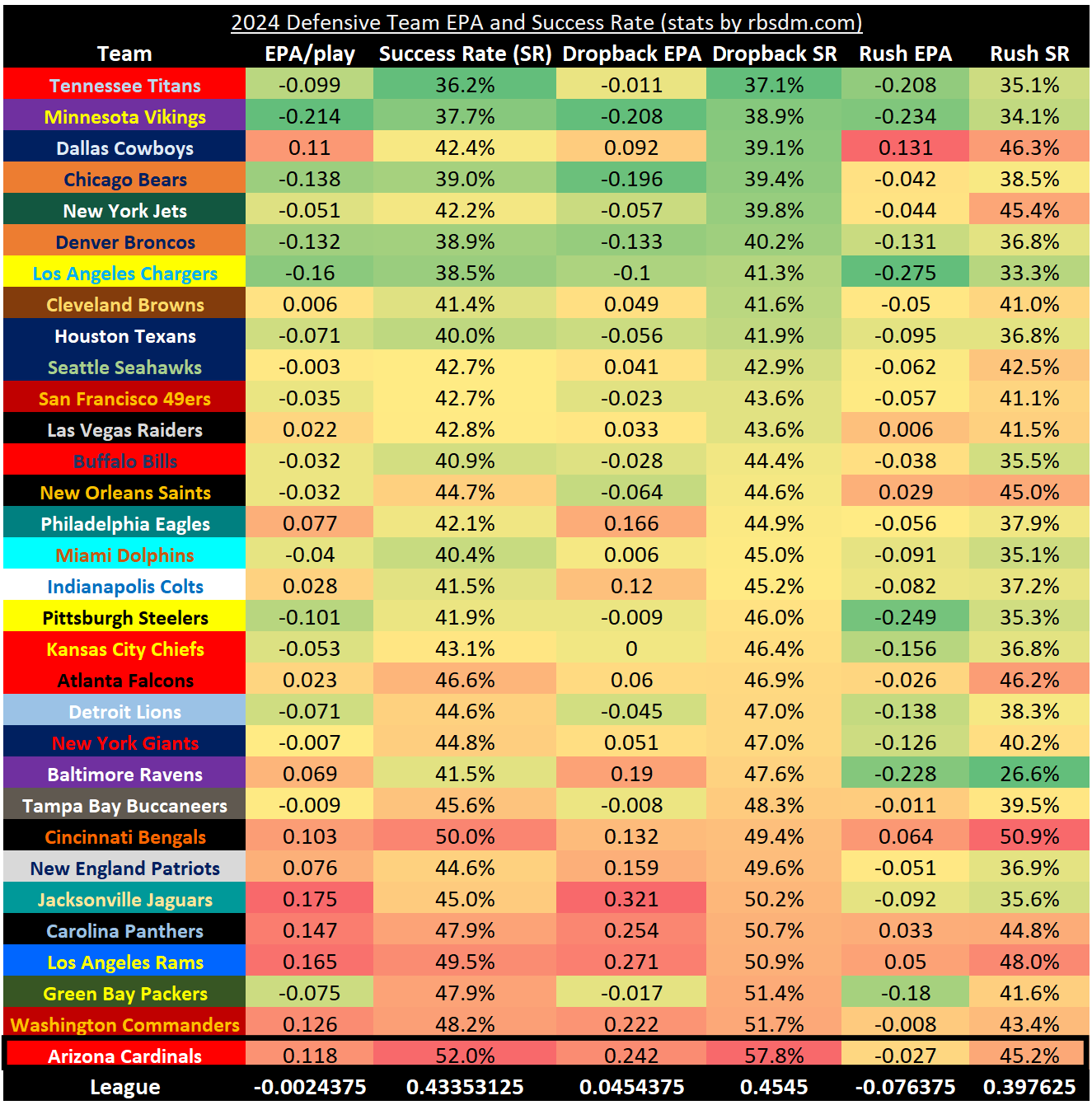
And therein lies the problem: if they want to. The Cardinals also rank 23rd in EPA per rush allowed and defensive success rate on rushing attempts. This means the Chargers should also be able to run if they want to. And this is purely anecdotal: I’ve got a feeling Harbaugh and Roman are going to want to.
JK Dobbins was used for 25 rushing attempts in Week 6 as the Chargers stomped the Broncos. This was a career-high for him. One downside for Dobbins in recent weeks is that he started incredibly strong in efficiency, which has bottomed out in almost every conceivable way ever since.

Rookie fifth-rounder Kimani Vidal is someone plenty of dynasty and devy players have had their eye on; he finally made it to the field in Week 6. He escaped for a long score on one of his two receptions, making all of his efficiency metrics pop; we should remember that six touches represent about the smallest sample size possible. Still, if we were excited about Vidal already, there are worse ways things could have started for him (ask Dylan Laube), and we continue to hold and wait to see if he can become a genuine factor soon enough.


